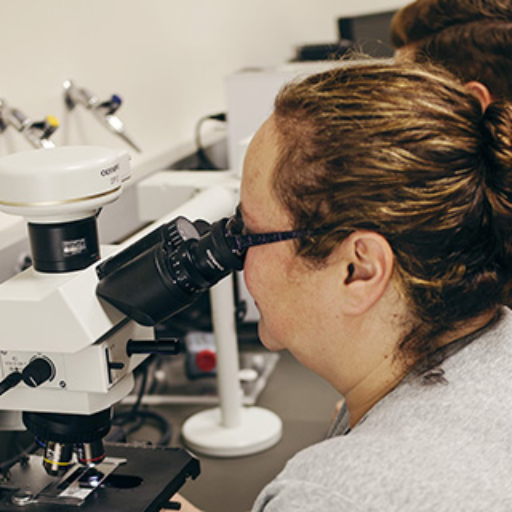
JadaLewis
PhD
Location
Gainesville, FL, USA
Current Organization
University of Florida
Biography
My career in the field of blood disorders began when I was a graduate student at University of North Carolina, Chapel Hill. I relocated to Mayo Clinic, Jacksonville, and joined the lab of Mike Hutton, PhD, essentially on the day that he and other researchers discovered the mutations in the tau gene that are associated with frontotemporal dementia. Utilizing the newly identified tau mutations, I created a genetically modified mouse model that developed some of the key pathological features of frontotemporal dementia and AD. After completing my post-doctoral position with the Hutton lab, I earned an independent position and was promoted through the ranks at Mayo Clinic where I continued my focus on mouse modeling of neurodegenerative diseases. In 2010, I moved to the University of Florida as an initial recruit to the newly-formed Center for Translational Research in Neurodegenerative Disease. The collaborative environment within our Center is incredibly supportive and beneficial for my research. I continue to develop mouse models for various neurodegenerative diseases, utilizing these models to explore the connection between these disorders and the development of potential therapies.
“I have always been drawn to puzzles and mysteries. Perhaps I was inspired by all of the Encyclopedia Brown books that I read as a child. There is nothing more enjoyable than taking clues that are seemingly unrelated, laying them out in my mind and establishing the relationship between the clues in order to solve a mystery. It is this mindset that drives my professional desire to go to work every day.
My research is not only a professional passion though. I am also driven by my personal connection to brain disorders. Initially, I was utilizing the opportunity at Mayo Clinic Jacksonville to build research skills that I hoped to eventually apply to psychiatric diseases. Soon after joining Mike Hutton’s lab, several close family members developed AD, progressive supranuclear palsy, and related brain disorders. It was then that I decided I would dedicate my career to studying neurodegenerative diseases of aging.
I strongly believe that it requires collaborative spirit and teamwork to help us understand how AD and the related diseases develop and progress. Ultimately, this knowledge provides the foundation for developing therapies against these devastating diseases. I am so grateful that the BrightFocus donors have joined forces with our team of students, staff, and fellows to develop new therapeutic strategies against tauopathies. One thing that makes BrightFocus unique in its ability to stimulate AD research is the speed at which decisions are made and money becomes available. Some funding agencies have many research priorities and are very large, requiring multiple layers of approval for funding – oftentimes it may take 18 months to go from initially submission to receipt of funding. BrightFocus understands that individuals affected by tauopathies need therapies now.”


